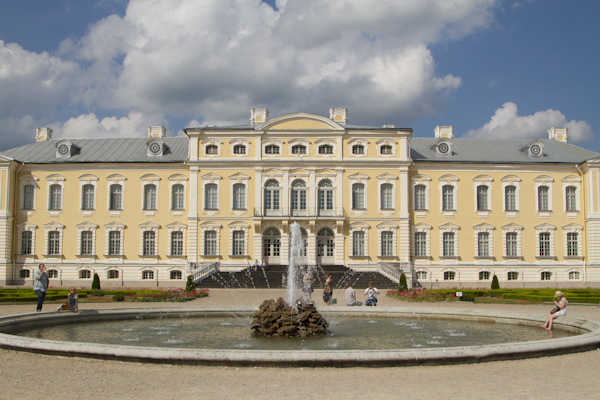
The countryside of Latvia is filled with manor houses.
In fact, there are over 1,000 of these historic homes still surviving today.
To understand why, it’s necessary to take a quick snapshot of the region’s history. But don’t worry, I won’t clobber you with details…
In the Middle Ages, the Baltic region formerly known as Livonia (today comprising parts of Latvia and Estonia) was made up of a patchwork of territory owned by various Knights of the Livonian Order and the Catholic church.
After the Order’s decline, the knights stuck around, and their role gradually transformed into that of a landowning aristocracy.
Some of them were assimilated into the Polish nobility, and others into the Russian royal court. I mean, what good is land without a royal title?
It quickly became a typical case of keeping up with the Bērziņš — but in this case rich landowners built ostentatious estates instead of buying new BMW’s. Manor houses popped up like weeds after a rainy Spring, each one more pretentious than the rest.
The most spectacular surviving manor house in Latvia is, without doubt, Rundale Palace. Designed by the Russian court architect Rastrelli, it’s a wonderful showcase of European baroque and rococo.
I love wandering around old houses, and so we drove out there one sunny afternoon from Riga to dream castle dreams.
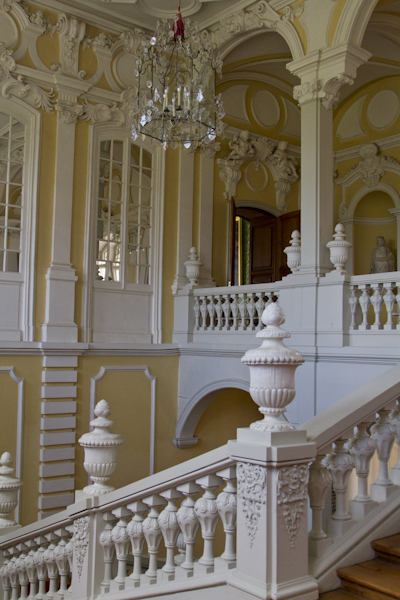
Rundale was built between 1736 and 1740 for the Grand Duke of Courland. His star was on the rise, and at one point he was even named Regent of Russia. But competing aristocratic houses got the better of him, and he found himself banished to Siberia for 22 years.
He did get back into favour eventually, and his title was restored by Catherine the Great.
Believe it or not, Rundale wasn’t even this guy’s main house. He spent most of his time at nearby Jelgava Palace (today a university), and only summered at Rundale.
So yeah, this was sort of a cottage…
The East Wing of the palace was devoted to formal occasions, and the West Wing was the private royal residence. The extensive gardens — which you’re free to wander — were inspired by those at Versailles.
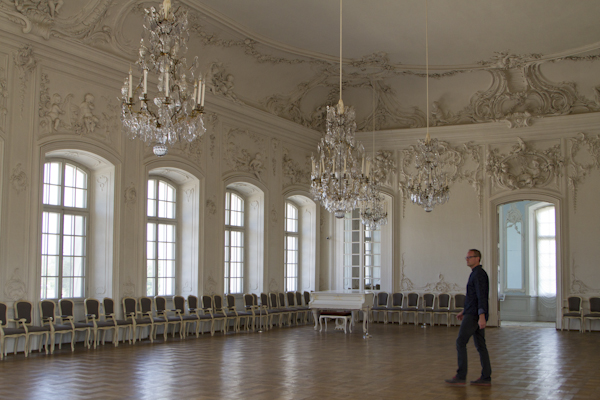
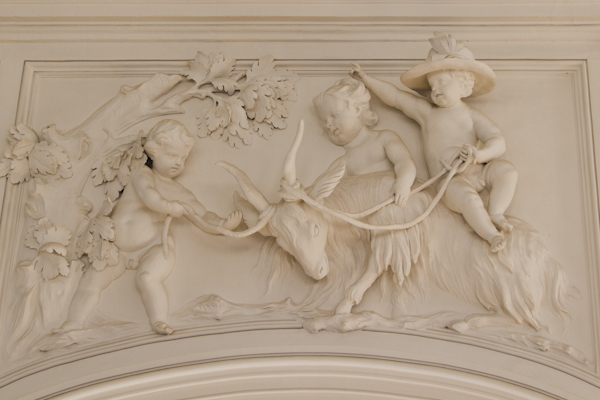
Only ⅓ of the palace’s 138 rooms are open to visitors today. And even that will take you a couple hours to explore.
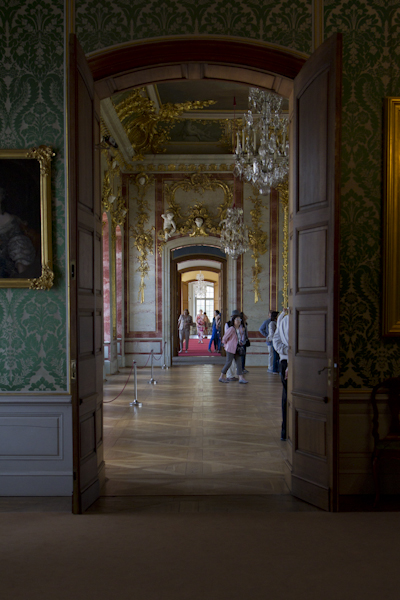
Rundale suffered greatly during Soviet times. The ballroom was used as a hospital for wounded solders in WWI, and parts of the castle were turned to a makeshift school after the war.
Proper restorations only began in 1972 . And there still seems much to do.
I always wander such places lost in my own thoughts, imagining what it would be like to live there — as I am now, not as some duke or ruler, and not with a huge staff of live-in servants.
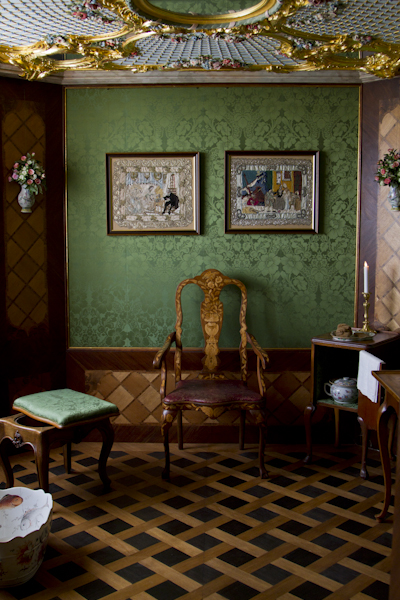
I hear the crunch of gravel beneath my wheels as I drive through the massive gates and park my car in the courtyard….
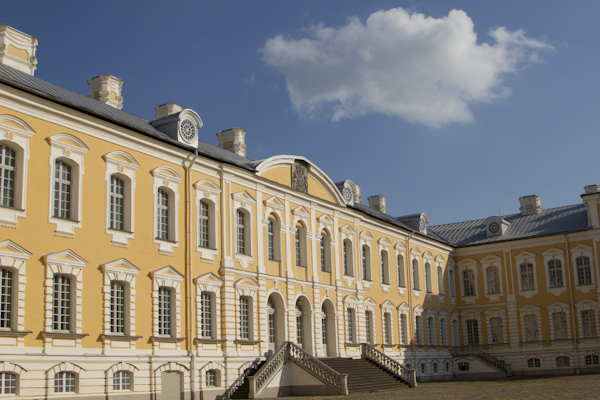
I feel thick carpet beneath my feet as I walk through the library, and I smell the books…
I shut off the light next to a massive bed in the private apartments…
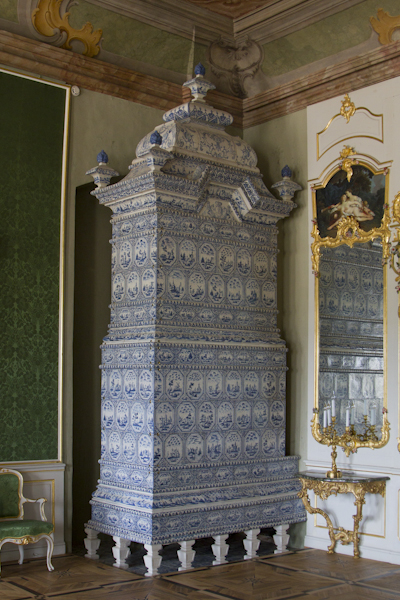
And when I’m not writing, I take long walks in the garden, or shoot a pensive game of pool in the billiard room…
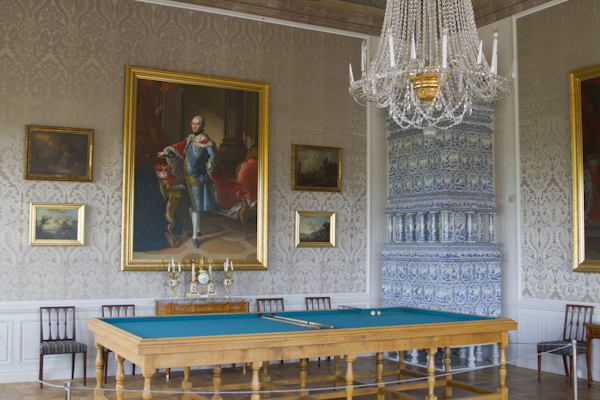
Or I just wander through the vast empty hallways and closed up abandoned rooms, like some character from an old childhood novel.
I was caught between history and some sort of imagined near-future. And when we reached the end of the rooms we were allowed to explore, we went outside for a stroll in the garden.
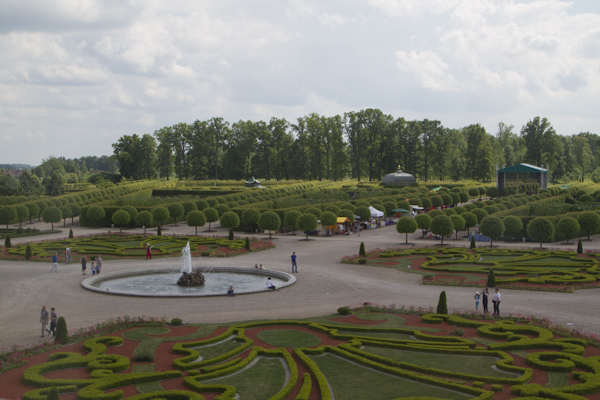
The day was very warm and humid, and a modest crowd was filing in. We had stumbled across some sort of local town festival.
Families from the nearby village were gathering in period costume to perform traditional songs and dances. There were games for children, and stalls selling ice cream, local beer, honey and cheese, and coarse black bread.
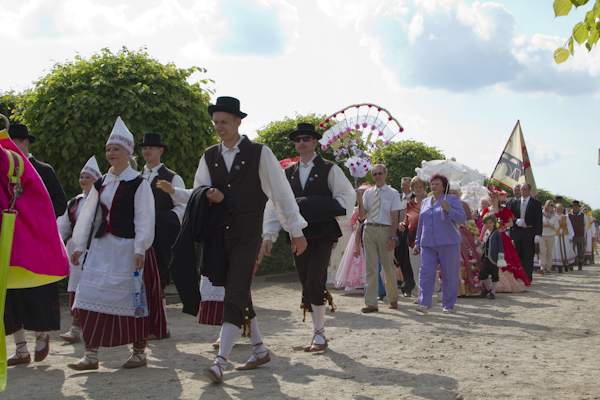
It must have felt very much like this in earlier times, when the lord of the manner opened his gates and hosted the villagers.
And so I bought a cold beer and walked among them, slightly detached as an outsider, but welcomed — very much like the duke of Rundale must have done.
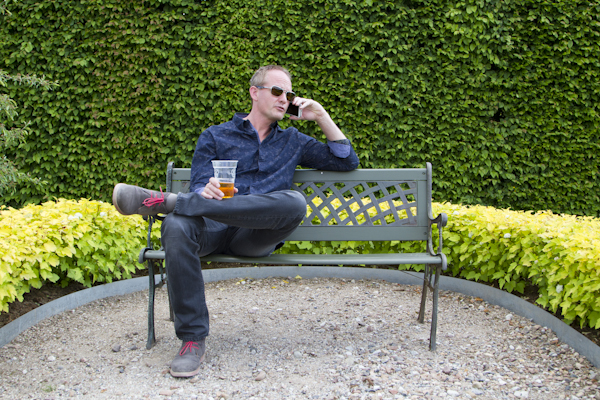
Photos ©Tomoko Goto 2015

Get your FREE Guide to Creating Unique Travel Experiences today! And get out there and live your dreams...
